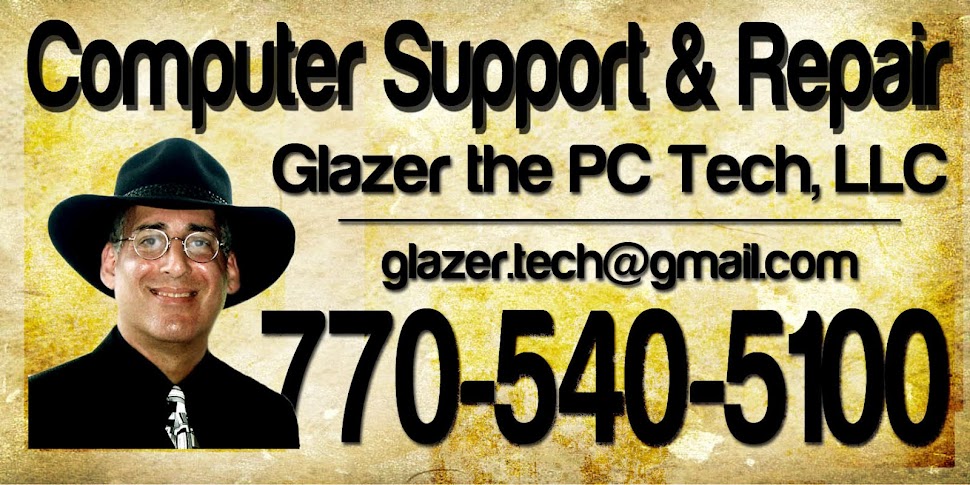Everyone has seen them. They are in newspapers and magazines and on websites. No, I'm not talking about celebrities or politicians. I refer you to Quick Response Codes. They are those two-dimensional square mazes of black lines and white spaces that you may have seen. For the longest time, I had no idea what they were.
I felt the same way many years ago when bar codes initially came out on products at the supermarket. They were on things like Cheerios long before the stores even had bar code scanners. What were those lines, I wondered.
Those original vertical bar codes' design included a minimal amount of information embedded in them. Those initial bar codes are high-tech price stickers. They tell the customer what an item costs and allows a merchant inventory control.
The purpose of the new QR codes is to show us products and educate us about them. We can also get discount coupons via a scan, go to a website, buy something, read an article or watch a video.
QR codes have the ability to store more information in them than bar codes and will soon be seen on just about anything consumers use, from drink cups to business cards; anything they may read from periodicals to websites; and television to storefronts and even restroom walls.
They are already in use at trade shows and conventions. I have seen them in brochures and flyers. They have even made it to billboards in some cities. The QR is easier to scan than the ones at the self-checkout counter. You can do it from a distance.
Currently, a common use of the QR code is the ability to get apps for your smart phone.
New York City's Central Park adapted them as park codes to show tourists more about the park. They are strategically scattered around the park on signs for visitors to scan. See the video here.
According to my wife's friend, Kathy, the Weight Watchers bar code scanner app for use at the supermarket will help you make smart decisions while shopping for food. Whether you're in the store or at home, you can easily scan foods to keep track of the points in your diet. I thought calculators on the buggies were high-tech.
Although this technology is new in our country, it's been around for a while in Canada and Japan, where it was invented in 1994 for use in the automotive industry.
These soon-to-be-ubiquitous codes will be a boon to advertisers, but will create yet another source of possible malware. As long as you trust the source, just as in web browsing, this shouldn't be an issue. However, if you scan a code that you don't know, there is the possibility it will direct your phone to an infected site. You will then have what is known as a "brick." Your phone will be useless. To be clear, the code is not what is malicious; where is sends you to is what may be.
To answer your next question, yes, cellphone infections are absolutely something we should be concerned about.
The more mobile we become, the more we become dependent on our phones for information. It is simply easier to scan a website address (the code), than to type in the address on a tiny mobile keyboard. Although it is more efficient, it is yet another possible source of infection for us.
Many anti-virus applications now include protection for your mobile device as well as for your computer. If you haven't yet considered this, perhaps now is the time. Check your anti-virus suite. You may already have protection for your mobile phone.
If you don't yet have an app for your smartphone that reads QR codes, you can download a free one. Be sure you get the app specific for your platform, whether iPhone, Android, Windows, Blackberry or Palm. Use the link to your app store on your mobile phone to get the download.
In most cases, the scan will activate the software. You usually don't even have to click the shutter release button on your phone. All you need to do is accept or deny redirection to the link that the QR code wants you to go to.
Should you want your own QR code, there are many websites that offer them at no cost, with no strings attached. A few of the many sites that will allow you to create them are qrstuff.com,quikqr.com and qrcode.kaywa.com.
Simply tell the code generator if you want an email, text or a URL (web address) embedded in your code. Create it and right-click the newly generated image, then save it to your computer to use as you wish.
You may not have seen many economical comprehensive data plans for your phone lately, but I think you will be seeing a bunch more QR codes in the coming year.
Arthur Glazer is a freelance writer and computer technician in Gainesville. His column appears biweekly on the Business page and on gainesvilletimes.com.
|

On this blog you will find my columns originally published in The Gainesville [GA] Times. They appear every other Saturday on the Business Page in both the hard copy and online editions. Feel free to comment or inquire. If you would like to set up an appointment to have me look at your computer and you live in northeast Georgia, send an email to me at: glazer.tech@gmail.com or call me at 770-540-5100. If you have to leave a message, I will return your call ASAP. Thanks for reading - Arthur
Friday, January 20, 2012
Subscribe to:
Post Comments (Atom)
No comments:
Post a Comment
Got a Comment - or a quick question...